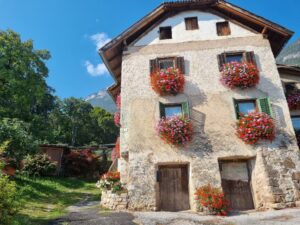I’m just back from Abruzzo, Italy – It’s a fascinating region of majestic mountains, national parks, stunning seascapes, charming villages, breathtaking views, and exceptional wines.
The coast of Abruzzo ranges from flat golden sandy beaches to dramatic coastlines with high cliffs to pebble beaches, which is on the Adriatic Sea. The water temperature can reach 28 degrees in the summer. I was told by the local lifeguards that you can swim starting in April to the first week of October. It’s interesting to note that Abruzzo has one of the highest densities of “blue flag” beaches in Italy!
What I found fascinating is the “Trabocchi Coast” a UNESCO World Heritage-protected for its traditional wooden fishing structures “Trabocchi.” This stunning 70-kilometer coast goes from Ortona to San Salvo (Chieti) and is a beautiful drive where you can see the striking collection of these stilt wooden huts. Some have been left abandoned, which make them more mystical, and some have been turned into restaurants.
Trabocchi were constructed by local fishermen in the 18th Century and were simply an extension of the rocky coastline. In order to facilitate fishing, boards were placed on the submerged rocks on the beaches so the fishermen could fish further offshore. Gradually, wooden stilts were used to erect freestanding platforms, which allowed the fishermen to project further out into the sea and were connected to land by long narrow boardwalks. The local fisherman fished for for anchovies, sardines, sea bream and sea bass.
The Trabocchi have been described as “colossal spiders” and “machines that seemed to live their own lives” Gabriele D’Annunzio.
After speaking to locals, I found out that some of the Trabocchi are a few centuries old and still belong to fishing families.
It truly was an amazing experience .. walking along the boardwalk suspended above the sea, the smell of algae and crashing waves over the rocks – the atmosphere is both magical and romantic.
Having dinner on the Trabocchi we ate fresh fish and drank local white wines Pecorino and Trebbiano d’Abruzzo – an unforgettable evening with amazing views!
The “Trabocchi Experience” is a must when you visit Abruzzo!
#consorziotutelavinidabruzzo #montepulcianodabruzzo #cerasuolodabruzzo #trebbianodabruzzo #abruzzodoc #abruzzopecorino #winelovers #italy #discoverabruzzo #abruzzowines #abruzzowineinusa #vinidabruzzo #discoverabruzzowine #abruzzotourism #italianwine #Trabocchi #italianwinelovers #vinidAbruzzo

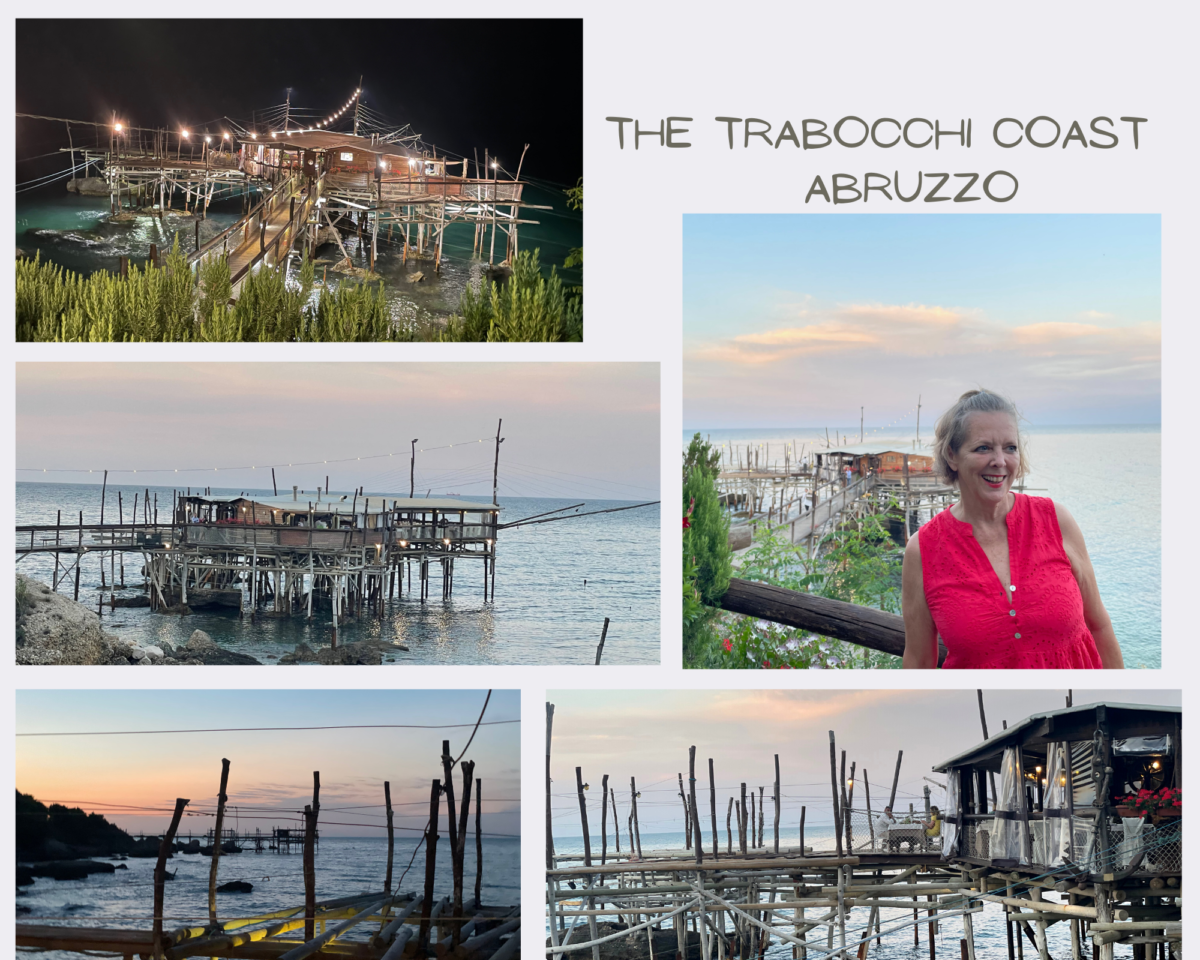
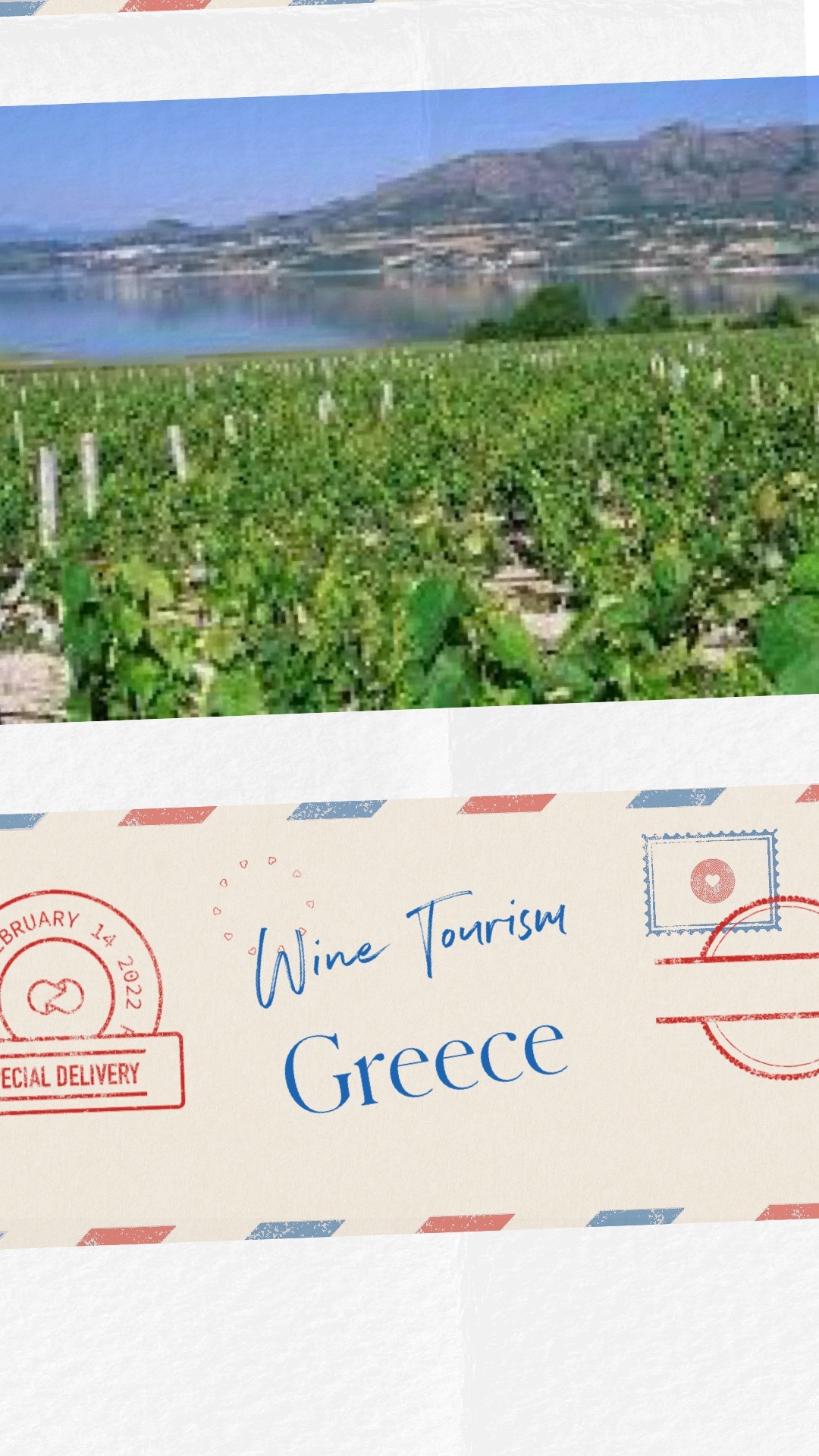
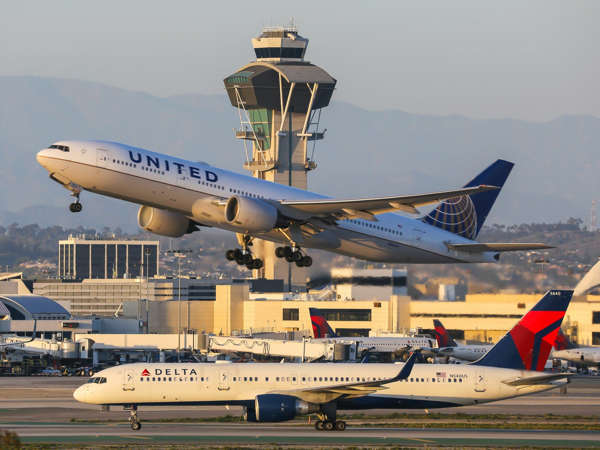
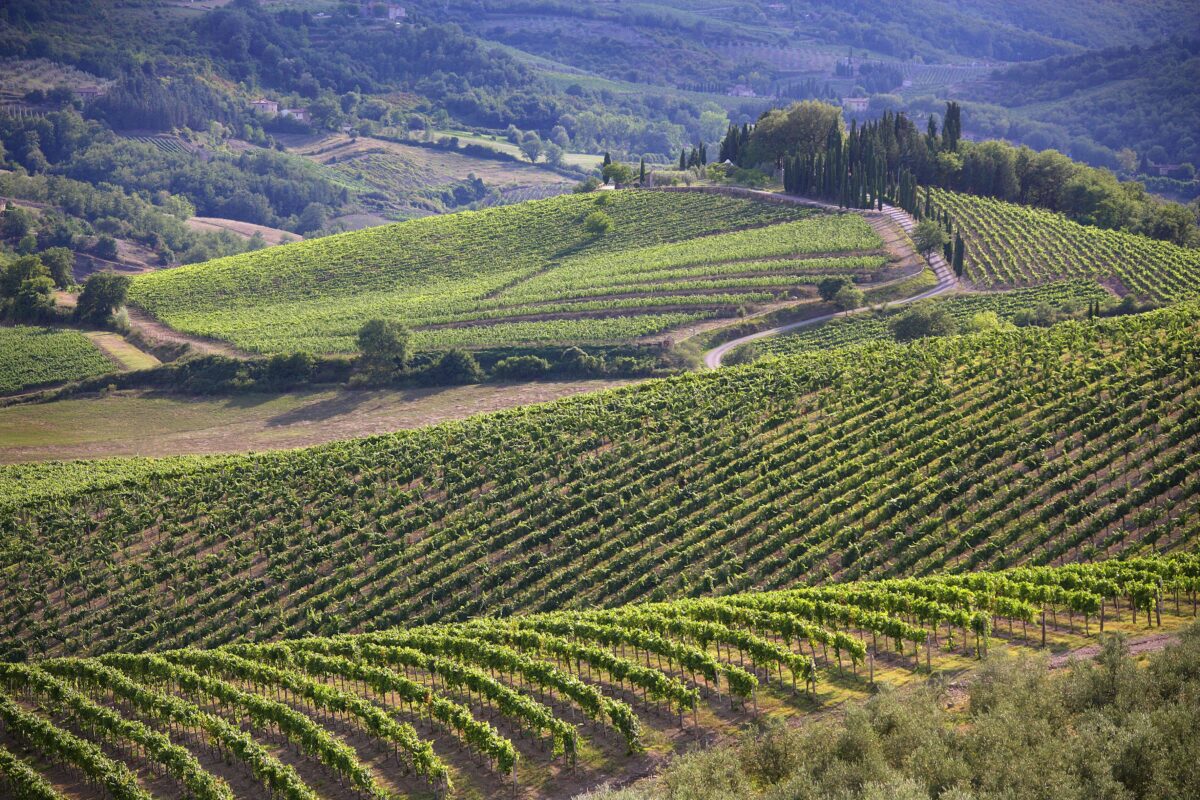
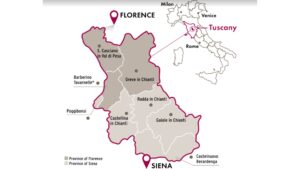
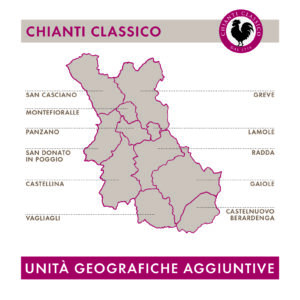
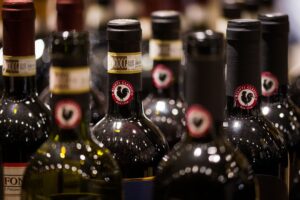

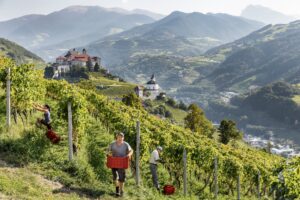 The Wine Summit is an extraordinary event that, through the masterful organization of “Consorzio Alto Adige Wines”, recants the stories and souls behind the bottles of wines from this magnificent land.
The Wine Summit is an extraordinary event that, through the masterful organization of “Consorzio Alto Adige Wines”, recants the stories and souls behind the bottles of wines from this magnificent land.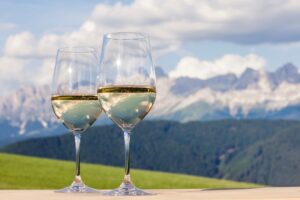
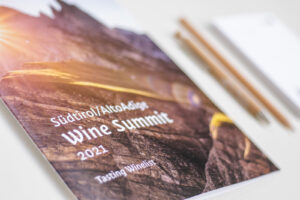
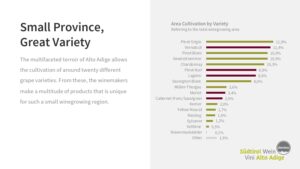 The last decades have marked a change in the level of wine production. In the past, this territory was mainly linked to two native vines: Schiava and Lagrain (two red varieties), nowadays in Alto Adige about 20 different varieties are cultivated. The air of change has been well received by the “altoatesini” winemakers, who, with conviction and passion, have changed the way of conceiving wine as a finished product, maintaining a strong link with the past. The Schiava, is still the second most used grape variety but today the production is divided into 64% production of white wines and 36% of red wines. Tradition and innovation combined to illuminate a territory that is difficult to explain just with words. In 1971 the DOC mark was introduced and today more than 98% of the viticultural surface has this certification. Today this is a land of varieties such as Pinot Blanc, Sauvignon Blanc, Gewürztraminer, Pinot Grigio, Riesling, Sylvaner, Veltliner, Müller Thurgau, Kerner, Schiava, Pinot Noir and Lagrein. They are recognized for great white wines, but also for red and sparkling wines. Elegant production characterized by exuberant freshness and important acidity is the key factor for the longevity of the wines.
The last decades have marked a change in the level of wine production. In the past, this territory was mainly linked to two native vines: Schiava and Lagrain (two red varieties), nowadays in Alto Adige about 20 different varieties are cultivated. The air of change has been well received by the “altoatesini” winemakers, who, with conviction and passion, have changed the way of conceiving wine as a finished product, maintaining a strong link with the past. The Schiava, is still the second most used grape variety but today the production is divided into 64% production of white wines and 36% of red wines. Tradition and innovation combined to illuminate a territory that is difficult to explain just with words. In 1971 the DOC mark was introduced and today more than 98% of the viticultural surface has this certification. Today this is a land of varieties such as Pinot Blanc, Sauvignon Blanc, Gewürztraminer, Pinot Grigio, Riesling, Sylvaner, Veltliner, Müller Thurgau, Kerner, Schiava, Pinot Noir and Lagrein. They are recognized for great white wines, but also for red and sparkling wines. Elegant production characterized by exuberant freshness and important acidity is the key factor for the longevity of the wines.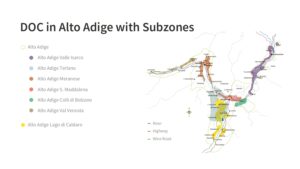 The heterogeneous features of the territory are combined with those of culture. Excellences coming from ancient traditions and the hard work of 5000 winegrowers. It is a territory united by the great love for the land, the wines produced come from private estates, micro wineries, and cooperatives. These cooperatives are aggregations of small producers who deliver their grapes each year. Even if these “cantine sociali” used to be linked to massive productions, it is important to underline that these big entities, in the last decades, have always aimed for great objectives, trying to speak for their land and reaching results of great quality. Alto Adige Doc is the smallest appellation in Italy, but probably one of the most complex. The necessity to transmit a better knowledge of this hidden territory, has oriented the Consortium towards a more detailed zonation and soil mapping to enhance the characteristics of each individual area. The officiality of the new zonation is still waiting for confirmation. However, it could be an important step for this wine district that would mark the path to follow in the future.
The heterogeneous features of the territory are combined with those of culture. Excellences coming from ancient traditions and the hard work of 5000 winegrowers. It is a territory united by the great love for the land, the wines produced come from private estates, micro wineries, and cooperatives. These cooperatives are aggregations of small producers who deliver their grapes each year. Even if these “cantine sociali” used to be linked to massive productions, it is important to underline that these big entities, in the last decades, have always aimed for great objectives, trying to speak for their land and reaching results of great quality. Alto Adige Doc is the smallest appellation in Italy, but probably one of the most complex. The necessity to transmit a better knowledge of this hidden territory, has oriented the Consortium towards a more detailed zonation and soil mapping to enhance the characteristics of each individual area. The officiality of the new zonation is still waiting for confirmation. However, it could be an important step for this wine district that would mark the path to follow in the future.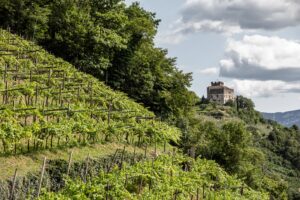 Alto Adige is an extreme and adrenaline-filled territory. A land made fascinating by the great balance of its contrasts. Nature is the master of this place, a painting with breath-taking views: white peaks, imposing mountain walls of the Dolomites, a UNESCO World Heritage site that rises up to more than 3,000m, forests, lakes, gentle green valleys and a unique play of light and shadow that is difficult to describe in a just a few lines. Alto Adige offers a wide range of travel experiences, unique for their visitors, to explore the world of wine. Mixing the greatest treats from the cellars with cuisine, sports, wellness, nature. Activities that turn the wine vacation both of wine connoisseurs and wine enthusiasts, into an unforgettable souvenir. Wine here is not just an experience linked exclusively to luxury. The history and culture of Alto Adige are deeply linked to rural traditions, men or rather “heroes” who have dedicated their lives to their precious land. It is a perfect destination for those who love less frenetic rhythms. You can spend days in the open air, between charming paths or ski slopes; walk through the different Weinberg (German word used for the vineyards, literally means “wine mountain”) and stay in authentic accommodation or participate in culinary experiences and tastings in the wineries also known as “Schloss”, the German word for “castle”. The variety of nature in Alto Adige/South Tyrol is combined with that of culture. The towns were coloured by many men of different cultures, Italians, Germans, and Latins. In this place of the thousand shades to discover, there is something that is never missing: Harmony. In South Tyrol you will leave a small piece of your heart.
Alto Adige is an extreme and adrenaline-filled territory. A land made fascinating by the great balance of its contrasts. Nature is the master of this place, a painting with breath-taking views: white peaks, imposing mountain walls of the Dolomites, a UNESCO World Heritage site that rises up to more than 3,000m, forests, lakes, gentle green valleys and a unique play of light and shadow that is difficult to describe in a just a few lines. Alto Adige offers a wide range of travel experiences, unique for their visitors, to explore the world of wine. Mixing the greatest treats from the cellars with cuisine, sports, wellness, nature. Activities that turn the wine vacation both of wine connoisseurs and wine enthusiasts, into an unforgettable souvenir. Wine here is not just an experience linked exclusively to luxury. The history and culture of Alto Adige are deeply linked to rural traditions, men or rather “heroes” who have dedicated their lives to their precious land. It is a perfect destination for those who love less frenetic rhythms. You can spend days in the open air, between charming paths or ski slopes; walk through the different Weinberg (German word used for the vineyards, literally means “wine mountain”) and stay in authentic accommodation or participate in culinary experiences and tastings in the wineries also known as “Schloss”, the German word for “castle”. The variety of nature in Alto Adige/South Tyrol is combined with that of culture. The towns were coloured by many men of different cultures, Italians, Germans, and Latins. In this place of the thousand shades to discover, there is something that is never missing: Harmony. In South Tyrol you will leave a small piece of your heart.